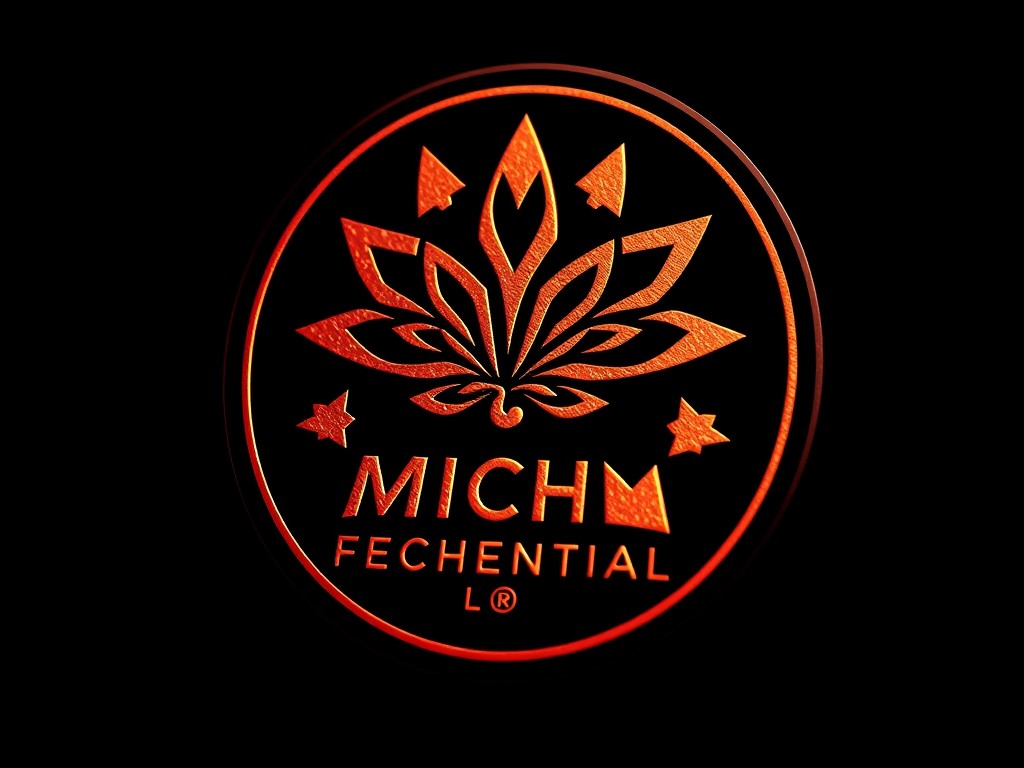The Definitive Handbook for Perfectly Cleaning Your Silk Blouses from the UK: Unveiling Top Techniques!
Understanding the Delicacy of Silk Fabric
Silk, one of the most luxurious and delicate fabrics, requires special care to maintain its elegance and longevity. Whether you’re a fashion enthusiast or just someone who appreciates the finer things in life, knowing how to clean your silk clothes is essential. Here’s a comprehensive guide to help you keep your silk garments looking their best.
Why Special Care is Necessary
Silk is a protein-based fabric, which makes it prone to damage from harsh chemicals, high temperatures, and rough handling. Here’s what you need to know:
Have you seen this : Ace Your London Rainy Day Look: Expert Tips for Stylish Outfit and Umbrella Coordination
- Avoid High Heat: High heat can cause silk to shrink, lose its color, or become misshapen. Always wash silk in cold water and avoid using hot water or high heat settings when drying[3][4][5].
- Use Gentle Detergents: Regular laundry detergents are too harsh for silk. Opt for mild detergents specifically designed for delicate fabrics like silk and wool[4][5].
- Handle with Care: Silk fabrics are easily damaged by wringing, twisting, or rubbing. Gently blot stains and avoid any actions that could cause wrinkles or tears[3][4].
Washing Your Silk Blouses
Washing silk can be a bit tricky, but with the right techniques, you can keep your silk blouses looking fresh and vibrant.
Hand Washing vs. Machine Washing
- Hand Washing:
- Fill a sink or a large bucket with cold water.
- Add a mild detergent specifically designed for silk.
- Dip the garment in and out of the soapy water until it is fully soaked.
- Use your fingertips to gently rub any soiled areas.
- Rinse thoroughly with cold water to remove all soap residue.
- Lay the garment on a clean white towel, and gently push out excess water without twisting. Roll the towel up and squeeze gently to remove more water[5].
### Hand Washing Steps
- Fill sink or bucket with cold water
- Add mild detergent for silk
- Dip garment in and out of soapy water
- Gently rub soiled areas with fingertips
- Rinse thoroughly with cold water
- Lay on clean white towel and push out excess water
- Roll towel up and squeeze gently
- Machine Washing:
- If you prefer machine washing, use a delicate cycle with cold water.
- Place the silk garment in a fine mesh laundry bag to protect it from snags and tears.
- Use a mild detergent designed for delicate fabrics.
- Avoid using enzyme-based or biological detergents for routine washing, as they can degrade the fabric over time[4].
Removing Stains from Silk
Stains on silk can be challenging to remove, but acting quickly and using the right techniques can save your garment.
Additional reading : Chic weekend style: innovative ways to flaunt your british trench coat
Common Stain Removal Methods
- Blot, Don’t Rub: Always blot the stain with a clean white towel or paper towel to remove as much of the stain as possible. Never rub the fabric, as this can cause the stain to spread[4].
- Lemon Juice or White Vinegar: For many stains, a solution of lukewarm water mixed with lemon juice or white vinegar can be effective. Test the fabric for color fastness in an inconspicuous area first[4].
- Enzyme-Based Detergent: For protein-based stains like blood or sweat, an enzyme-based detergent can be used. However, avoid using these detergents for regular washing as they can degrade the fabric over time[4].
### Stain Removal Solutions
- **For General Stains:**
- Blot stain with clean white towel
- Mix lukewarm water with lemon juice or white vinegar
- Test fabric for color fastness
- Dab stain gently from the back of the fabric
- **For Protein-Based Stains:**
- Use cold water to flush out stain
- Apply enzyme-based detergent solution
- Soak garment if necessary
- Rinse thoroughly and launder as usual
Drying Silk Garments
Drying silk requires careful attention to avoid wrinkles and damage.
Air Drying
- Lay the silk garment flat on a clean white towel, away from direct sunlight.
- Gently reshape the garment to its original dimensions.
- Allow it to air dry completely. This method is the best way to preserve the fabric’s texture and prevent wrinkles[3][4][5].
Using a Dryer with Low Heat
- If you need to speed up the drying process, you can use a dryer on the lowest heat setting.
- Place the silk garment in the dryer with a damp towel to help remove wrinkles.
- However, this method is less reliable than air drying and may not produce the same smooth finish[3].
Ironing Silk Garments
Ironing silk can be tricky, but with the right techniques, you can achieve a smooth, wrinkle-free look.
Tips for Ironing Silk
- Use a Low Heat Setting: Always use a low heat setting when ironing silk. High heat can damage the fabric or cause it to lose its sheen[3].
- Use a Pressing Cloth: Place a pressing cloth between the iron and the silk fabric to protect it from direct heat.
- Avoid Ironing Over Buttons or Zippers: These can melt or become misshapen under heat.
- Hang or Lay Flat After Ironing: To maintain the smooth finish, hang the garment immediately after ironing or lay it flat on a clean surface[3].
### Ironing Silk Tips
- Use low heat setting
- Use a pressing cloth
- Avoid ironing over buttons or zippers
- Hang or lay flat after ironing
Eco-Friendly Alternatives: Wet Cleaning
For those who prefer an eco-friendly and gentle cleaning method, wet cleaning is an excellent alternative to traditional dry cleaning.
What is Wet Cleaning?
Wet cleaning uses biodegradable detergents and water, avoiding harsh chemicals like perchloroethylene (PERC) used in dry cleaning. This method is particularly effective for delicate fabrics like silk, wool, and fine cottons[2].
Advantages of Wet Cleaning
- Environmentally Friendly: Wet cleaning is eco-friendly, using biodegradable detergents and water.
- Safe for Delicate Fabrics: It is a gentle method that avoids shrinkage or distortion.
- Effective Stain Removal: Pre-treatment with specialist stain-removers ensures effective stain removal.
- Safe for Sensitive Skin: The water-based solutions reduce the risk of skin irritation compared to chemical residues from dry cleaning[2].
Practical Insights and Actionable Advice
Here are some practical tips to keep your silk garments looking their best:
- Store Garments Properly: Always hang silk garments on padded hangers to prevent marks. Keep them in a cool, dry place away from direct sunlight[3].
- Use Tissue Paper for Folding: If you must fold your silk garments, place tissue paper between layers to prevent creases and protect the fabric[3].
- Check the Label: Always check the care label on your silk garment for specific instructions. Some silk garments may require special care that differs from general guidelines[1].
Cleaning your silk blouses requires attention to detail and the right techniques to maintain their elegance and longevity. By following these steps and tips, you can ensure your silk garments remain a staple in your wardrobe for years to come.
As Taylor Swift once said, “The most important thing in life is to learn how to give out love, and let it come in.” When it comes to your silk clothes, showing them the right care and love will keep them looking fabulous and feeling luxurious.
So, the next time you’re faced with the task of cleaning your silk blouses, remember these ultimate guide tips to keep your fashion pieces in the best condition possible. Whether you’re going for a smart casual look or a more formal ensemble, your well-cared-for silk garments will always make you stand out in style.
Table: Comparison of Cleaning Methods for Silk
| Cleaning Method | Description | Advantages | Disadvantages |
|---|---|---|---|
| Hand Washing | Cold water, mild detergent, gentle rubbing | Gentle on fabric, effective stain removal | Time-consuming, requires careful handling |
| Machine Washing | Delicate cycle, cold water, mesh bag | Convenient, protects fabric from snags | Risk of damage if not done correctly |
| Wet Cleaning | Biodegradable detergents, water, specialized equipment | Eco-friendly, safe for delicate fabrics, effective stain removal | Limited availability, may require professional service |
| Dry Cleaning | Chemical solvents, no water | Effective for non-washable fabrics, quick turnaround | Harsh chemicals, not eco-friendly, can irritate skin |
By following this definitive handbook, you’ll be well on your way to becoming an expert in cleaning and caring for your silk blouses, ensuring they remain a cherished part of your wardrobe for years to come.








